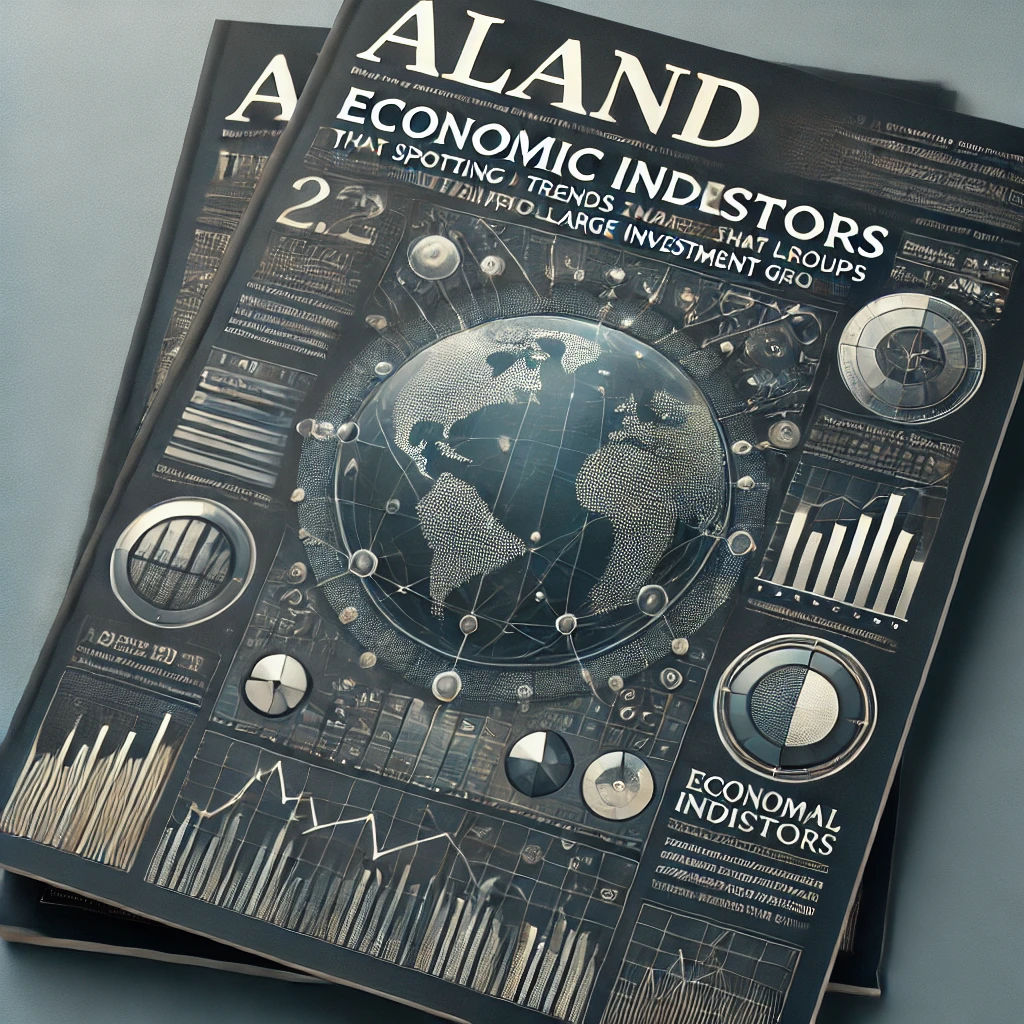Economic Indicators: Spotting Trends That Appeal to Large Investment Groups
- Published Date: 10th Mar, 2025
-
5★ ★ ★ ★ ★(165)

To stay ahead in today’s ever-evolving global market, large investment groups must rely on the nuanced interpretation of economic indicators. As a Swiss economist and founder of the ALand platform, Dr. Pooyan Ghamari’s extensive experience in global economics, digital transformation, and real estate offers insights that guide investors toward high-value opportunities.
Decoding Economic Signals: A Strategic Approach
Large investment groups are particularly attuned to certain economic indicators that reveal shifting market dynamics. These indicators not only forecast potential returns but also help identify regions or sectors ripe for investment. Macro indicators such as GDP growth rates, inflation trends, and employment statistics paint a broad picture, but it’s the more granular indicators that truly captivate investor interest.
For example, shifts in consumer spending habits, housing market trends, and technological advancements are signals that can provide investment groups with an edge. Dr. Ghamari points to emerging markets with strong fiscal policies, innovation-led growth, and stable political environments as prime areas for investment. The intersection of economic growth and technological innovation, particularly in the digital economy, is one area that large investors should focus on.
Spotting the Intersection of Economic and Market Trends
To appeal to large investment groups, economic indicators must be viewed through the lens of market trends. The rise of digital currencies like EE Gold is a perfect example of how traditional markets are being disrupted. As cryptocurrencies begin to redefine exchange systems, investors are increasingly looking for ways to diversify their portfolios into this new asset class. Platforms like EE Gold provide an innovative bridge between traditional gold investments and the digital age, offering unique opportunities for those keen on long-term wealth generation.
When evaluating opportunities, large investors increasingly prioritize cause-related marketing as part of a broader strategy. In today’s world, the growing demand for corporate social responsibility (CSR) is undeniable. Dr. Ghamari explains that brands with purpose-driven campaigns significantly enhance their public perception and investor trust. Cause-related marketing appeals to consumers who are not just motivated by price but by values—something that deeply resonates with high-net-worth individuals. The impact on brand loyalty and consumer sentiment is measurable and plays a pivotal role in long-term growth.
The Importance of Social Responsibility in Investor Confidence
Corporate social responsibility (CSR) and cause-related marketing efforts aren’t just about brand image; they are also directly linked to investor confidence. When companies integrate sustainable practices into their business models, investors gain assurance that their capital is contributing to both financial returns and societal good. This builds long-term trust and leads to higher brand equity.
A recent study highlighted by ALand’s blog showcases how companies with robust CSR strategies outperform their competitors. Dr. Ghamari's experience with international investments confirms that sustainable brands attract both institutional investors and consumers who are increasingly prioritizing eco-friendly, socially responsible initiatives. Brands that actively promote these values—by adopting sustainable sourcing practices, reducing their carbon footprint, or investing in clean technologies—position themselves as attractive investment opportunities.
Actionable Steps for Corporations
To successfully integrate cause-related marketing, corporations should take a strategic, data-driven approach. The first step is to identify key issues that align with their brand’s mission. These issues should resonate with their target audience while also supporting long-term business goals.
Next, companies need to develop campaigns that leverage digital tools to reach a wider audience. ALand’s platform, for example, offers advanced marketing strategies powered by AI to engage consumers effectively. From social media management to performance analytics, leveraging digital solutions can provide a deeper understanding of customer behaviors, helping brands refine their cause-related marketing efforts and improve ROI.
Finally, corporations should measure the impact of their campaigns through key performance indicators (KPIs) such as engagement rates, sentiment analysis, and return on investment. Through tools like EE Gold’s blockchain-backed systems, companies can transparently measure the effectiveness of their campaigns and further boost investor confidence by showcasing real-world outcomes.
Key Considerations for Investors:
- Macroeconomic Signals: Stay attuned to global and regional economic shifts that may impact investment opportunities.
- Technological Innovations: Keep an eye on sectors experiencing digital disruption, such as blockchain, AI, and cryptocurrency investments.
- Sustainability and CSR: Incorporate cause-related investments that align with consumer values and contribute to long-term growth.
- Diversification: Build a diversified portfolio that includes both traditional assets and emerging, high-growth sectors like digital currencies and sustainable technologies.
For further insights and resources, explore the articles on ALand's blog, visit EE Gold’s platform for groundbreaking financial tools, and stay updated with industry news on The ALand Times. Additionally, you can learn more about digital marketing tools and services on the ALand Platform.

